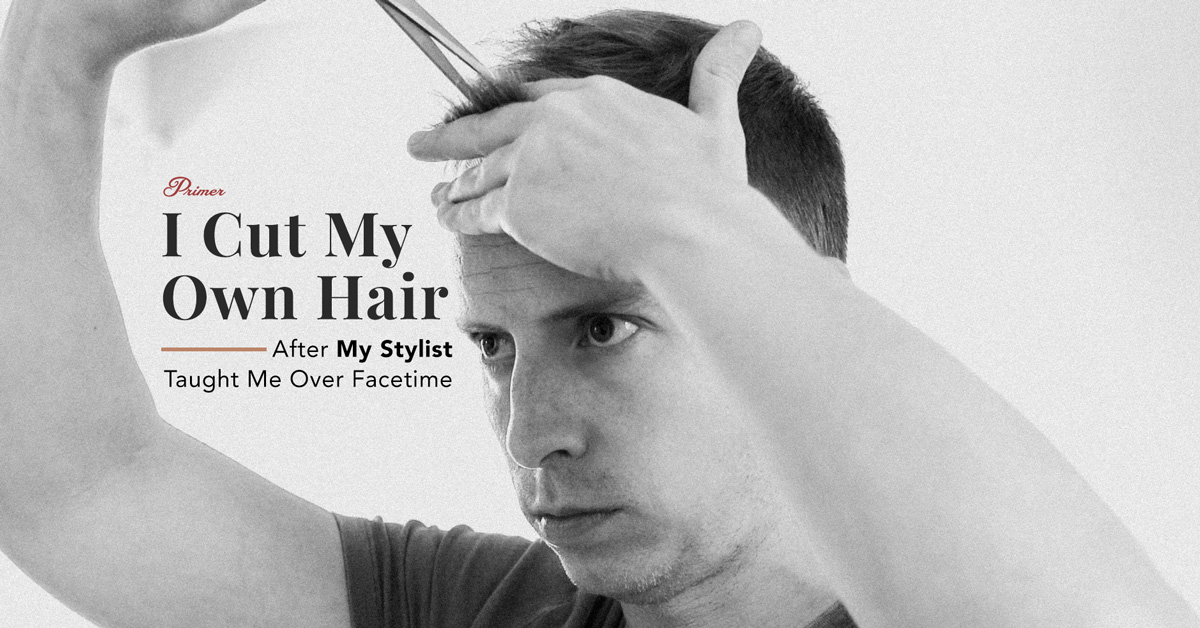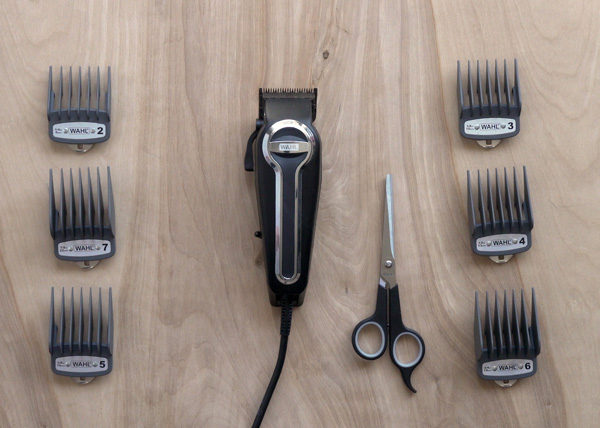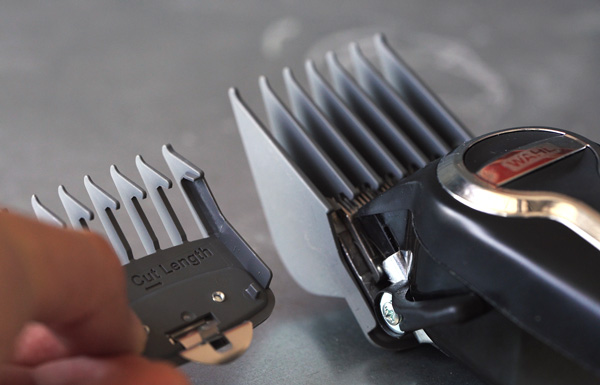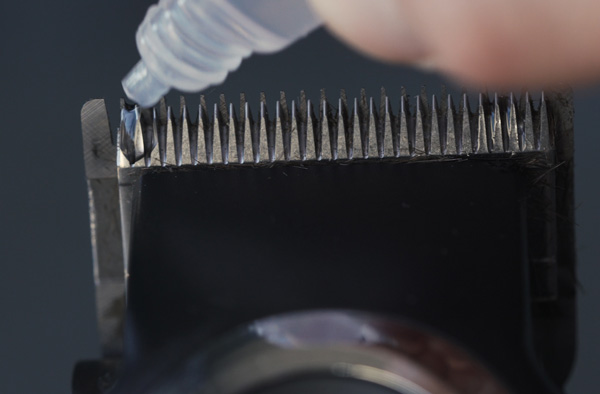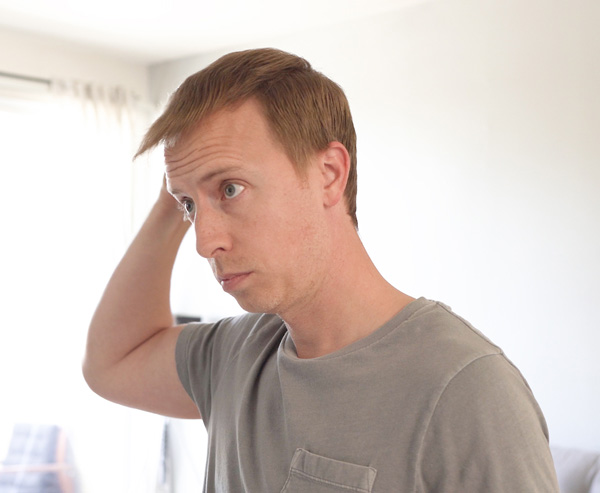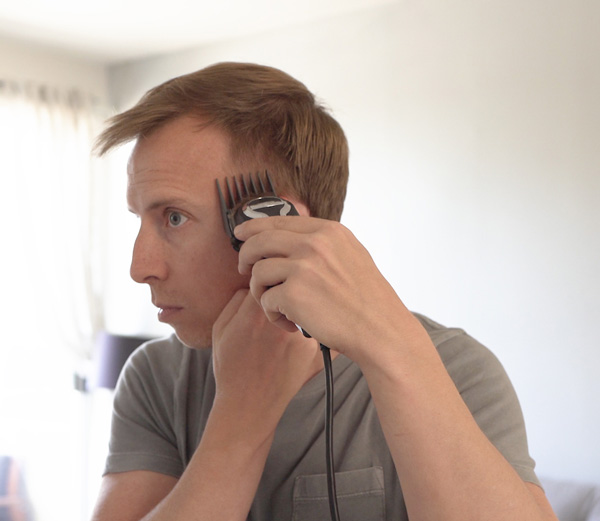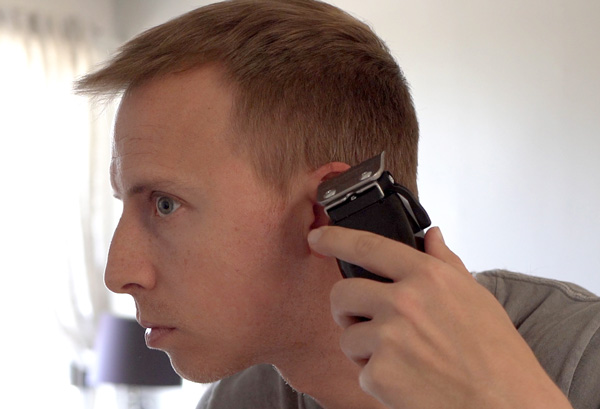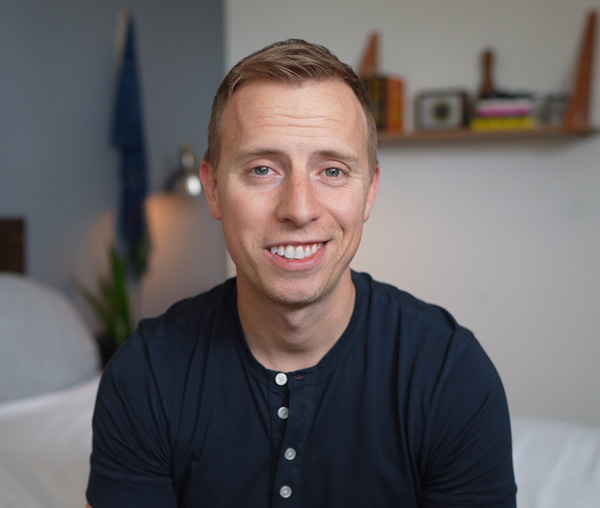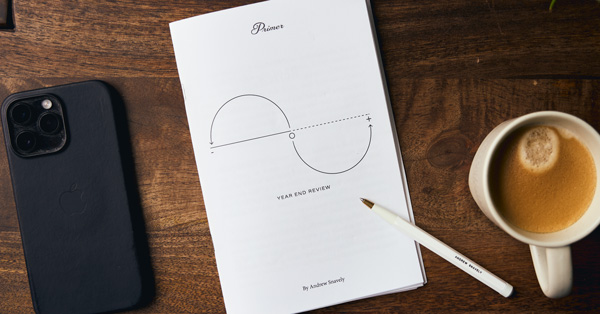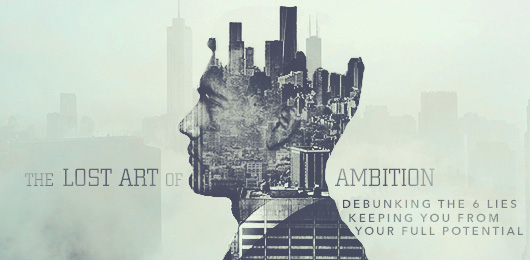One of the biggest comments I’ve been getting over the past couple of weeks is: how do you cut your own hair?
I’m in the same situation. I was just about due for a trim when Los Angeles imposed a shelter-in-place order for coronavirus. Now, I’m shaggy (for me) and getting desperate!
The thing is, cutting your own hair is extremely intimidating because there’s real stakes: what if it turns out uneven or patchy, and you have to just buzz the whole thing?
I Reached Out To My Stylist For Expert Advice
Expert stylist Tiffany Van Goey has been cutting hair for fourteen years. Keen readers will recall she was featured in our spring haircuts feature last year. If you’re in the LA area, check her out at Southpaw in Silverlake.
Tiffany graciously agreed to FaceTime with me (and help flatten ‘dat curve!) and give some expert advice.
Keep reading or watch the video:
How To Trim Your Own Hair
First things first: do you need a full-on cut … or will a trim get you by?
This is an important question because a trim involves a lot less risk of screwing up than a cut and style.
If you just need to neaten things up around your ears and sideburns, Tiffany suggests combing your hair over the tops of your ears, and then using a beard trimmer or clippers to just touch the top of your ears. This will get you a quick, cleaned up look without risking your whole style.
So what about doing a more comprehensive cut?
At this point, Tiffany offered a word of caution: “If you’re not prepared to accept the worst case scenario of buzzing off your whole head, don’t try to cut your own hair.”
Ready? Let’s dive in.
How To Use Hair Clippers
First, a word about clipper history.
Hair clippers were invented in 1921 by Leo Wahl, who introduced the Wahl Clipper Corporation. They still make respected hair clippers, including the ones I used (they’re currently sold out, but here are others).
Hair clippers have two rows of stainless steel blades that oscillate back and forth very fast. Good clippers will cut cleanly and evenly, no matter how thick your hair is.
Clipper Guard Sizes
The amount of hair your clippers take off is determined by what clipper guard you use. These are designated with common numbers 1-6, so no matter what brand clippers you get, the guards should be the same. Below is a quick reference for the guard number versus the length of hair remaining:
- #1 – ⅛”
- #2 – ¼”
- #3 – ⅜”
- #4 – ½”
- #5 – ⅝”
- #6 – ¾”
Alright. Get your tools and let’s do this.
How to Cut Your Own Hair with Clippers
Let’s walk through Tiffany’s advice (other than “don’t do it”) step by step:
- Oil The Clippers. Before you start with the clippers, use the oil that came with them to protect the blades and prevent snagging by placing a drop on each end of the blades and on the back of the blades
- Start longer and then go shorter if necessary. Obviously, you can always go shorter, but you can’t reattach hair once it’s cut.
- Start with the sides. Comb the top of your hair forward to move it out of the way, and then comb the sides and back straight down.
- Clipper the sides starting at the bottom. For my haircut specifically Tiffany recommended starting with the #4 guard, and working from the bottom to the beginning of the curve of my skull, continuing straight up to the sky instead of following where my skull begins to curve. I did this maneuver for the sides and back of my head.
- Use a mirror for the back. For the back of your head you must have a mirror. I used the most expensive mirror in my house: an iPhone.
- Fade. After using the #4 guard, she advised me to use the #6 guard to fade the area between the sides of your head (which are generally buzzed short) and the top (which is usually longer).
- Clipper or scissor the top. She talked me out of using a #8 guard on top and instead taught me how to do a simple scissor cut.
Speaking of scissors…
How to Cut Your Own Hair With Scissors
The biggest mistake people make when trying to scissor cut their own hair? Grabbing a section and cutting straight across.
Instead, “point cut” by snipping into the sections at an angle so that the hair lays naturally and blends well.
Starting at the top and back of your head, work side to side in 1” rows, holding a section of hair between your fingers and point cutting. Work your way to the front of your head one row at a time.
How To Clean Up Your Own Haircut
Using clippers without a guard, create clean lines around the sideburns, ears, and bottom edge of the back.
I skipped this step because it felt like an irreversible maneuver, but if you’re feeling confident with your mirror set up, go for it, or leave this part to a partner or family member.
What If I Mess Up?
Not getting coronavirus is more important than your pride, and most barbershops and salons in America are closed anyway (which is crazy to even think about, isn’t it?).
For more tips and a how-to on buzzing your head if things go south, check out this article at The Modest Man.
Cutting Your Own Hair Is Surprisingly Empowering
I’m happy with my results, even if they’re nowhere close to a professional cut. It was good to remember that hair is still just hair and will grow back.
It’s also pretty empowering to have faced my fear of the self-haircut.
Again, huge thanks to Tiffany. Go see her when the world is back to normal!



